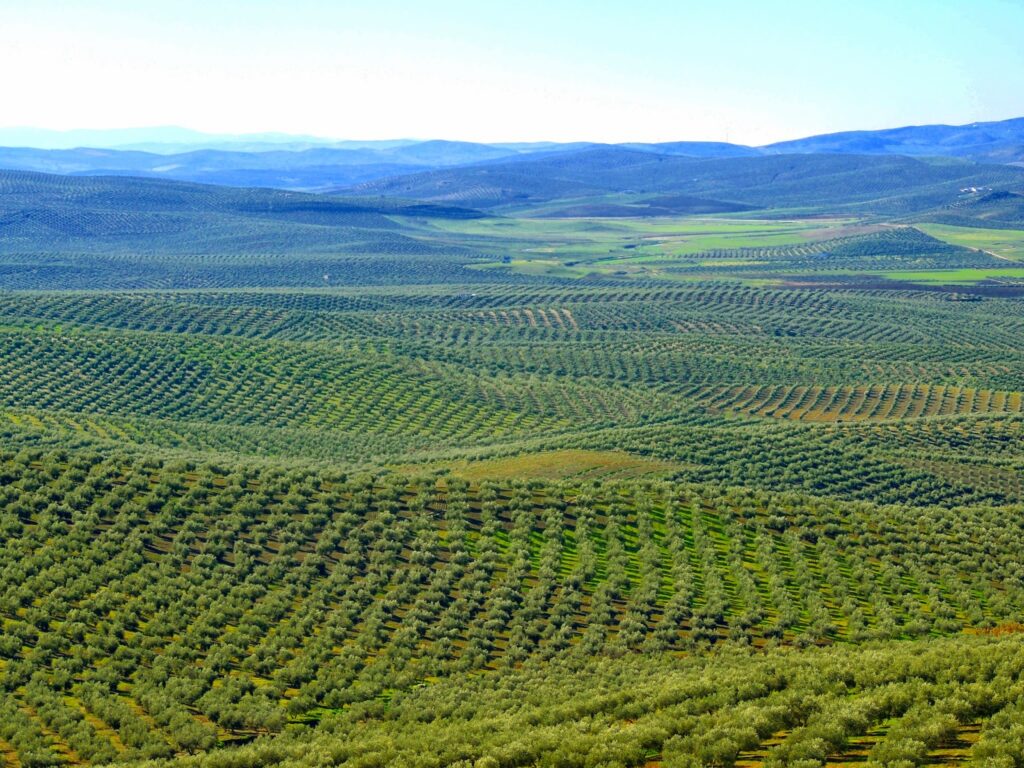Impact of the Olive Grove on the Environment
Olive groves have a positive impact on the environment, contributing to the fight against climate change, biodiversity conservation, and soil improvement. By capturing CO2, olive groves reduce greenhouse gas emissions and act as a carbon sink. Furthermore, olive groves provide a habitat for various species of flora and fauna, promoting biodiversity.
Impact on climate change:
- CO2 capture: Olive trees absorb carbon dioxide from the atmosphere during photosynthesis, storing it in their biomass and in the soil, which helps reduce the greenhouse effect.
- Emission reduction: Olive cultivation, especially in traditional systems, can contribute to reducing the carbon footprint associated with olive oil production.
- Soil conservation: Olive groves, with their deep roots, help prevent erosion and improve soil structure, increasing its water retention capacity.
Impact on biodiversity:
- Habitat for diverse species: Olive groves are home to a wide variety of flora and fauna species, including birds, mammals, insects, and plants, forming a diverse ecosystem.
- Biodiversity conservation: The presence of olive groves contributes to the conservation of native species and the protection of Mediterranean ecosystems.
- Natural Pest Control: Species diversity in olive groves can help control pests and diseases naturally, reducing the need for chemicals.
Impact on the Soil:
- Improving Soil Structure: Olive tree roots, decomposing organic matter, and the activity of soil fauna contribute to improving soil structure, fertility, and water-holding capacity.
- Preventing Erosion: Olive tree roots help anchor the soil and prevent erosion, especially on sloping terrain.
- Improving Fertility: The organic matter that decomposes in olive groves enriches the soil and improves its fertility, which supports plant growth and olive production.
In short, olive groves are an agroecological system that offers multiple environmental benefits, contributing to the fight against climate change, conserving biodiversity, and improving soil health.

